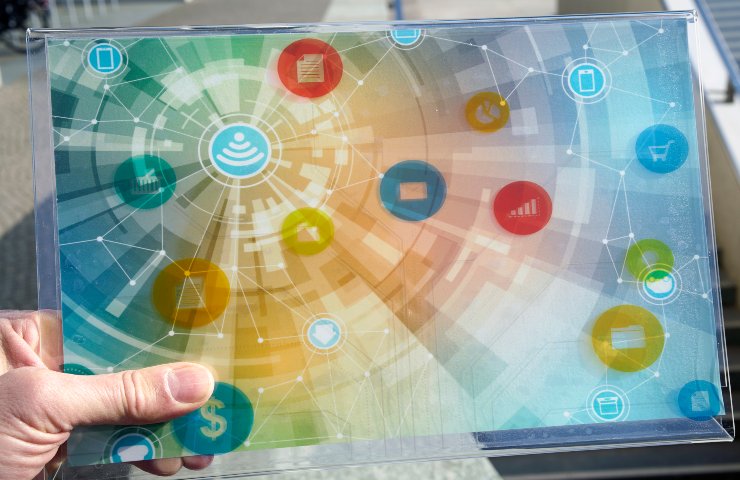Businesses and digitalization, 609 million on the way: the future is in the Cloud
How digitalized are Italian companies? How have they kept up with the times? Do they use systems that are adequate to the challenges posed by the contemporary world, which has changed rapidly thanks to the digital revolution? Here are all the questions we need to ask ourselves to understand if the Italian entrepreneurial fabric is adequate and ready to seize the opportunities of the future. Unfortunately, the answer is no. Suffice it to say that in 2021 about 80% of companies with at least 10 employees are still at a low or very low level of ICT adoption and there are still too few small and medium-sized enterprises capable of selling online.
60.8% of companies with at least 10 employees have a basic level of digitalization and employ 78.1% of employees. The biggest gap (more than 30 percentage points) is found in the adoption of information-sharing management software. For all other indicators, there are differences between 19 percentage points for Artificial Intelligence and 28 percentage points for the adoption of smart devices and the use of at least two social media.
The health crisis linked to the Covid-19 infection has reshuffled the cards on the table. Digital has been the only tool for small and medium-sized enterprises that can guarantee a certain amount of business continuity. During the emergency, digital was a necessary condition to remain competitive and to survive. The Ministry for Economic Development
led by Giancarlo Giorgetti has understood this very well, allocating 609 million euros to the digitization of the country’s productive fabric, which is also one of the priorities indicated in the PNRR. It is called the “Voucher Plan for Businesses” and it is an intervention for ultra-broadband which, after the incentives in favor of families and schools, aims to reach businesses as well. An audience that, depending on the type and amount of the voucher that will be requested, may vary from a minimum of 850,000 to a maximum of 1,400,000 beneficiary companies.

Thus, companies will be able to request a single voucher that can be of different amounts, from a minimum of 300 euros to a maximum of 2,000 euros, and of different contract durations, from a minimum of 18 months to a maximum of 36 months, to ensure an increase in connection speed, from 30 Mbit/s to over 1Gbit/s. In addition, in the case of switching to 1 Gbit/s connections, the value of the voucher may be increased by an additional contribution of up to €500, to cover part of the costs incurred by the beneficiary companies and justified by the operators.
Some turn up their noses and believe that a structural and more massive intervention is necessary for Italian small and medium-sized enterprises massacred by the crisis linked to the pandemic.
In this sense, Cloud Computing, which is not only a digital technology but a secure and effective business model, supports companies of all kinds.
Suffice it to say that according to data emerging from the
Istat report “Enterprises and ICT”,
in the past year the Cloud has grown robustly with 60.3% of Italian SMEs having reached at least a basic level of digital intensity: above the average (56%) of the EU27 countries, but still far from the European target for 2030, set at 90%.
In addition, the Public Administration is also transforming significantly. It should be emphasized that the government’s plans express a “Cloud firs” approach, i.e. oriented towards the migration of data and IT applications of individual administrations to a cloud environment.
The transformation is taking place not only for small and medium-sized enterprises but also for the public administration. We will live in a world that will be less and less made of “paper” but more and more digital and “Cloud oriented“. This is the only way to shorten times and distances that will benefit companies, citizens and certainly the environment.
